Name John Hutton | Role Artist | |
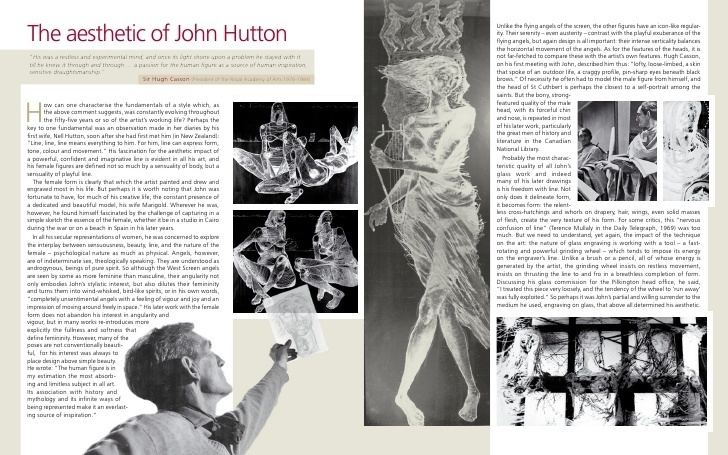 | ||
Spouse Marigold Dodson (m. 1963–1978) Books U.S.-Mexico Border: Better Planning, Coordination Needed to Handle Growing Commercial Traffic Children Warwick Hutton, Macaillan Hutton, Peter Hutton, Katie Hutton People also search for Warwick Hutton, Macaillan Hutton, Helen Hutton, Peter Hutton, Katie Hutton | ||
John Hutton (8 August 1906 in Clyde, New Zealand and died 1978 in England) was a prominent glass engraving artist based in London, England.
Contents
- Life
- Coventry Cathedral
- Shakespeare Centre
- National Library and Archives
- Dunkirk Memorial
- Plymouth Civic Centre
- Thanks Giving Square
- Other
- Books
- References
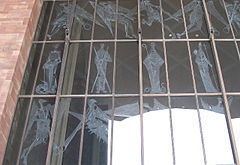
Life
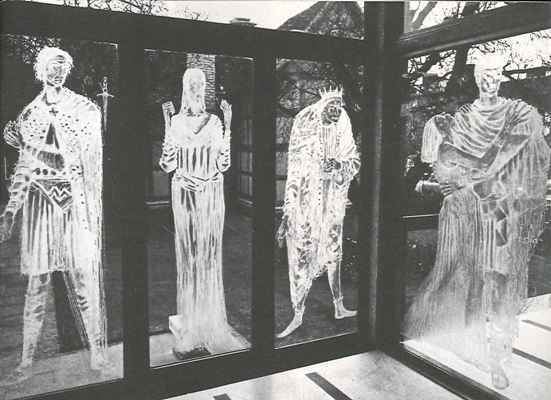
Born in Clyde on the South Island of New Zealand in 1906, he married fellow artist Helen (Nell) Blair in 1934 and they made England their permanent home in 1936. They lived for a while in an artists' commune at Assington Hall in Suffolk. John worked on several mural commissions until the war broke out in 1939.
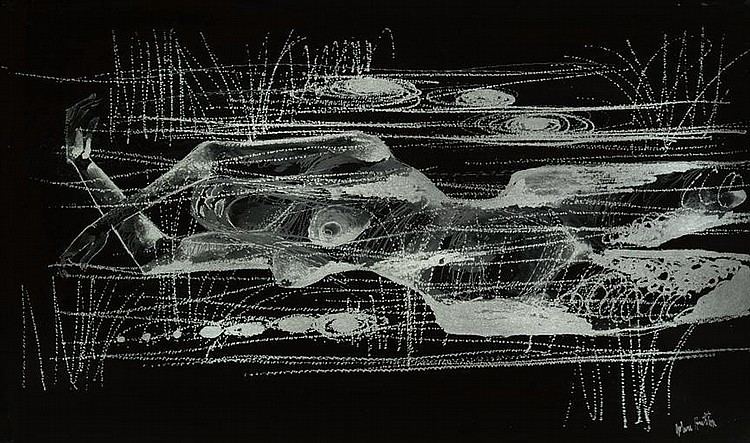
During the war he joined a camouflage unit where he met and worked with the architect Basil Spence - a relationship which was to prove invaluable later on. In 1947 he designed his first large scale glass engravings -a series of four panels depicting the seasons for the restaurant area on the Cunard ship Caronia. By 1953 he had developed a unique method of engraving using a grinding wheel attached to a flexible drive.

John and Helen had three children: Warwick Hutton, an artist, Macaillan Hutton, an architect, and Peter Hutton, a teacher.
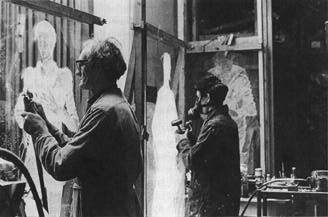
John had used an artist's model, Marigold Dodson, to pose for many of the figures in his artwork. His first marriage ended during this period and he eventually married Marigold in 1963, though he still did work with his former wife subsequently on joint art projects. John and Marigold had one daughter: Katie Hutton.
In 1975 he became first Vice President of the newly founded British Guild of Glass Engravers (Laurence Whistler was first President and Queen Elizabeth The Queen Mother was its first Patron).
Hutton worked on until 1978 when he finally succumbed to cancer. His ashes were appropriately buried beneath a stone at the foot of his finest work - the screen at Coventry Cathedral.
Coventry Cathedral
John Hutton is most famous for his glass engravings on the Great West Screen of Coventry Cathedral, UK, known as the "Screen of Saints and Angels", 66 larger-than-life figures that took ten years of creation (e.g. the angel of annunciation, the angel of the resurrection, the angel of the measuring rod), for which he received instant acclaim in 1962. He designed and engraved six larger-than-life Angels for the West doors of Guildford Cathedral (Surrey England) also designed three angels over the South Transept doors
Shakespeare Centre
He designed glass engravings at the Shakespeare Centre at Stratford-upon-Avon, UK, (Ophelia, Macbeth, Romeo and Juliet etc.).
National Library and Archives
At Ottawa, Canada, he created glass engravings of the National Library and Archives, a total of 37 panels over three floors with main theme world literature: larger than life figures of Cervantes, Shakespeare, Molière, Tolstoy etc., also Apollo and the Nine Muses.
Dunkirk Memorial
Hutton produced the glass pane at the Dunkirk Memorial (1957).
At the Civic Centre of Newcastle upon Tyne, UK, he created a glass screen representing some of the great inventions of the city and also figures from local mythology with his son, Warwick Hutton.
Plymouth Civic Centre
He also created a glass screen of four mermaids at Plymouth Civic Centre, UK, and designed three glass panel designs for the entrance hall balcony at Mercury House, London, UK.
Thanks-Giving Square
In 1975 Hutton designed 'The Spirit of Thanksgiving' for Thanks-Giving Square in Dallas, Texas, his first large project in the United States. Above the entryway to the non-denominational Chapel of Thanksgiving a large engraved window features a deeply-cut, three dimensional dove surrounded by circular surface effects. Representing the divine in some religions, Hutton said that "the dove is a symbol used throughout history to depict beauty, peace, hope and thanksgiving."
Other
Some of his pieces of art are also exhibited at the Corning Museum of Glass, USA.
